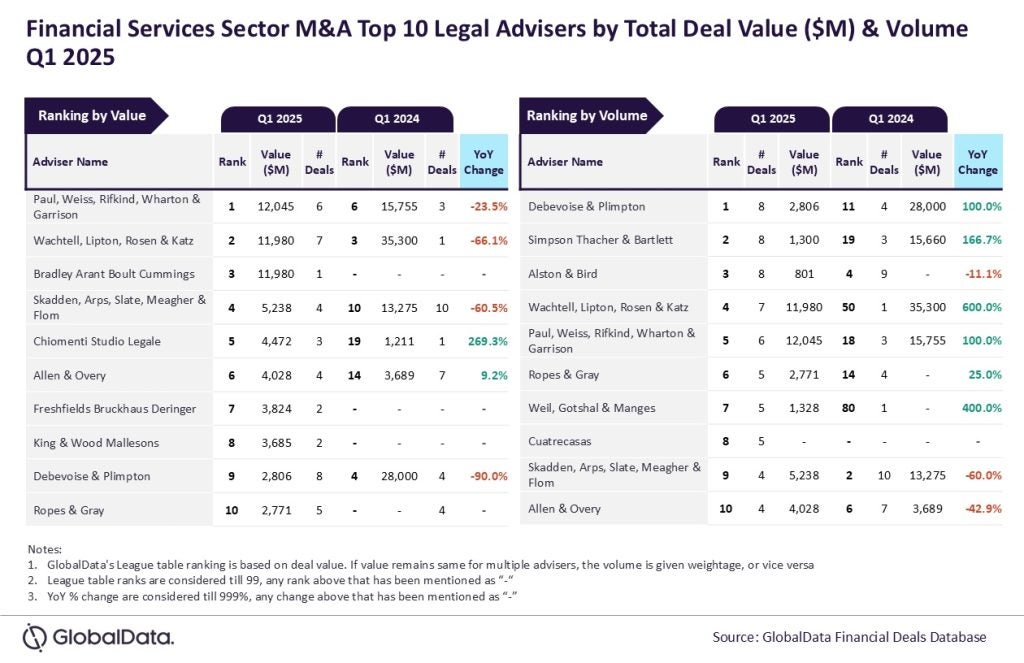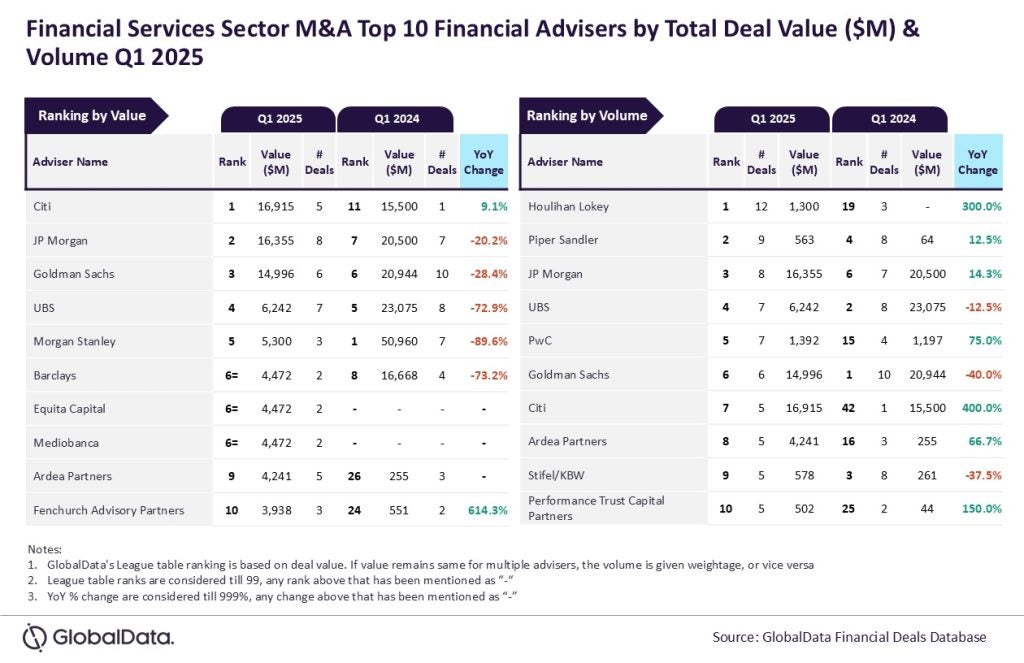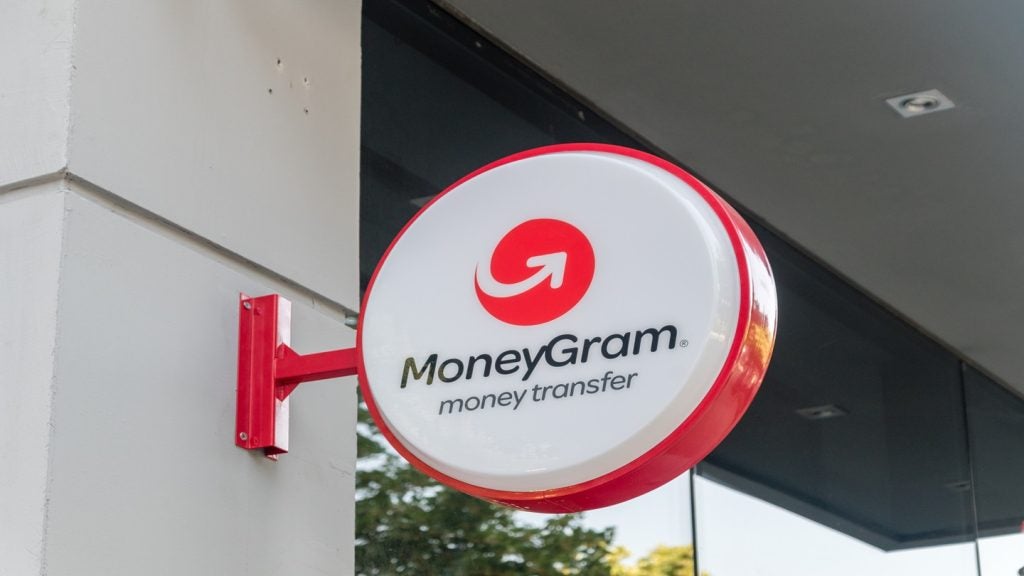Consumers’ increased interest in
managing their finances more carefully has galvanised the personal
financial management industry, leading to a wave of product
rollouts and, in particular, one major acquisition. Dan Jones reports on developments in
the fast-growing industry sector.
Intuit’s 14 September announcement that it was to purchase online
personal financial services provider Mint.com for approximately
$170 million confirmed that the personal financial management (PFM)
industry was in a state of transformation, with the fast-growing
Mint now set to be combined with Intuit’s own PFM product,
Quicken.
Further announcements have rubber stamped the
growing interest in the PFM space, with big business entrants into
the sector including American Express and MasterCard, both of whom
have coincidentally launched services entitled Money Manager with a
view to tapping into customers’ desire to take control of their
finances.
The American Express Money Manager combines
bank and investment accounts, credit cards, rewards portfolios and
consumer and mortgage loans and is available free to all American
Express charge card holders; MasterCard’s version, on the other
hand, focuses solely on card usage.
Speaking to RBI, Patricia Preston,
senior vice-president for US debit product management and
development at MasterCard Worldwide, said that the MasterCard Money
Manager was a response to “growing consumer demand to track
spending”. Related services are also flourishing: in June FICO CEO
Mark Greene told RBI that the firm’s MyFICO website had
seen a “strong upsurge in consumer usage” for the same reasons.
Both the American Express and MasterCard Money
Manager programmes are currently only available in the US, though
Preston said that “local market needs are being evaluated for
future implementations… [MasterCard] Money Manager has the capacity
to be expanded globally.”

Europe joins the trend
Increased penetration of PFM
services is not confined to the US alone. MasterCard itself has
partnered with financial institutions in Europe to launch products
related to personal financial management, with the August 2009
launch of the Millennium Maestro card in Poland being described as
“one of the first consumer-driven card control programmes in
Europe”.
The card enables consumers to set
their own soft spending limit and provides PC-based software for
managing and controlling expenses.
In Austria, meanwhile, UniCredit subsidiary
Bank Austria unveiled its ‘Mein Geld’ (‘My Money’) PFM service on
16 October, offering budget planners, advice, investment trends and
other financial information.
“It will be
expanded gradually in the next few months but will certainly not
replace personal talks with the bank adviser,” said Rainer Hauser,
Austria’s board member responsible for retail and corporate
banking.
It is initiatives like these which have led to
the partial retreat of a potentially-influential market player.
Microsoft withdrew its Money Plus offering
earlier this year, citing a change in “the consumer need for
Microsoft Money Plus [due to] banks, brokerage firms and websites
now providing a range of options for managing personal finances”,
but the IT giant is now rumoured to be considering a return to the
PFM market.
For now, Microsoft Money Plus
customers have had their accounts migrated to Intuit’s Quicken. The
relationship between Intuit’s online version of Quicken and Mint,
meanwhile, will see “each serving separate and equally important
purposes”, even though “Mint.com will become the primary online
personal finance management service that is offered directly to
consumers by Intuit,” according to a company statement.
That is unsurprising given that the impressive
fundamentals of the Mint growth story are hard to deny. Mint’s
perceived superiority to Quicken in terms of ease of use saw its
user base accelerate rapidly after its launch in September
2007.
The service saw more than 100,000 users
register by January 2008 and by March 2009 it had over one million
users, over 70 percent of whom had at least one bank account linked
to the site, and was tracking over $50 billion in transactions, $15
billion in assets and had “identified more than $100 million in
potential savings for its users”.
But as Microsoft’s statement indicates, the
benefits of PFM software are increasingly being enjoyed by
financial institutions as well as consumers themselves.
Asked if MasterCard saw its Money Manager as
helping US financial institutions to compete with stand-alone
services, Preston highlighted the integrated nature of the service
as being more useful than a “stand-alone product” which links to
external accounts.
A key feature of the product is its focus on
debit card usage, though the service can also be configured for
credit or prepaid cards.
“Financial institutions are recognising that
consumers want greater control and visibility of their spending. We
are working with our issuers to help them offer superior debit
products with greater financial management capabilities that add
value and make life easier for their customers,” said Preston.
But Intuit also has plans to bring increased
business to financial institutions via some of its soon to be
acquired capabilities.
“We believe the acquisition of Mint.com will
also offer Intuit’s financial institution clients the ability to
strengthen their online offerings and deliver more value to their
customers,” the company said in a statement.
“Mint.com’s
unique ‘ways to save’ engine [a tailored product comparison
service] generates a revenue stream while keeping the product free
to end users. Intuit intends to integrate this capability across
its businesses.”







